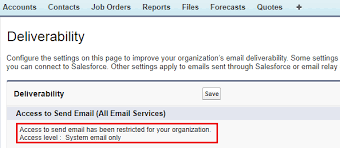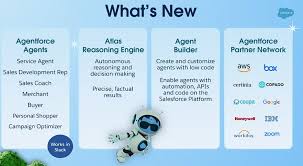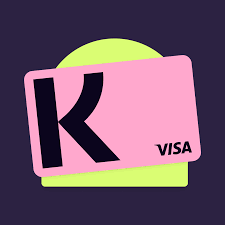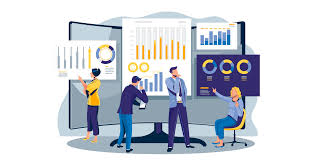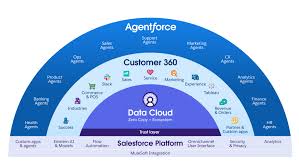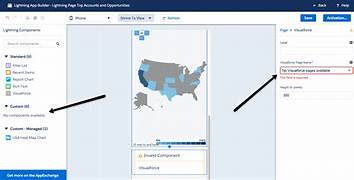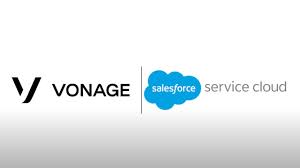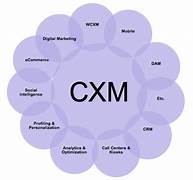Salesforce Underwriting Solutions
Merchant Cash Advance Solutions: Enhancing Underwriting with Salesforce In today’s fast-paced financial services industry, efficient and effective underwriting is more crucial than ever. Merchant cash advances (MCAs) have emerged as a popular alternative funding option for businesses that might not qualify for traditional loans. This insight explores how integrating Salesforce with MCA software can streamline underwriting, strengthen lender-borrower relationships, and boost overall operational efficiency. Understanding Merchant Cash Advances Merchant cash advances offer businesses upfront capital in exchange for a portion of future sales. Unlike traditional loans, MCAs are often easier to secure and come with flexible repayment options tied to daily credit card receipts. However, the unique structure of MCAs brings challenges to underwriting, due to the diversity in business models and cash flow patterns. The Role of Underwriting in MCA Underwriting is a vital step in the lending process, assessing the risk associated with providing funds to a borrower. For MCAs, underwriting involves evaluating a business’s revenue streams, creditworthiness, and overall financial health. Traditional underwriting methods can be cumbersome and slow, often causing delays in funding. Challenges in Traditional Underwriting Methods The Power of Salesforce in Streamlining Underwriting Salesforce offers powerful solutions that integrate seamlessly with MCA software, effectively addressing these challenges: Benefits of Integrating MCA Software with Salesforce Key Features to Look for in MCA Software Integrated with Salesforce When choosing an MCA solution integrated with Salesforce, consider features such as: Conclusion Integrating merchant cash advance solutions with Salesforce offers a transformative approach to streamlining underwriting processes in this niche financing sector. By automating workflows, centralizing data management, enhancing communication channels, and improving overall efficiency—all while ensuring compliance—lenders can gain a competitive edge and deliver exceptional service to their clients. If you are searching for a Merchant Cash Advance, Underwriting, or financial services solution contact Tectonic today. Like Related Posts Salesforce OEM AppExchange Expanding its reach beyond CRM, Salesforce.com has launched a new service called AppExchange OEM Edition, aimed at non-CRM service providers. Read more The Salesforce Story In Marc Benioff’s own words How did salesforce.com grow from a start up in a rented apartment into the world’s Read more Salesforce Jigsaw Salesforce.com, a prominent figure in cloud computing, has finalized a deal to acquire Jigsaw, a wiki-style business contact database, for Read more Service Cloud with AI-Driven Intelligence Salesforce Enhances Service Cloud with AI-Driven Intelligence Engine Data science and analytics are rapidly becoming standard features in enterprise applications, Read more


